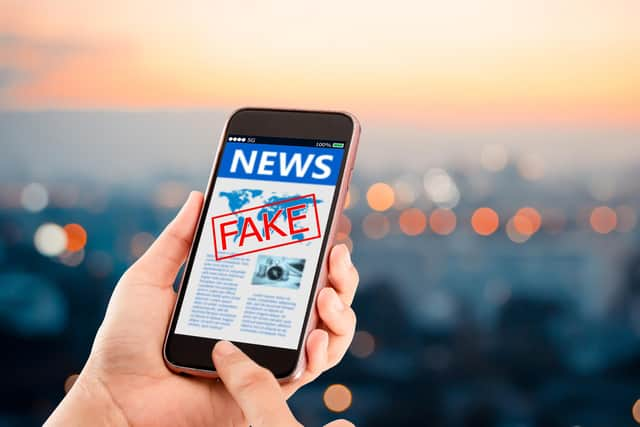Conspiracy theories and photo-shopped images: How to avoid fake news during lockdown
and live on Freeview channel 276
Trying to distinguish fact from fiction is increasingly difficult, especially when world leaders have repeated inaccuracies to their millions of followers with many others falsely believing 5G is to blame for coronavirus.
Ruth Sparkes editor of teen magazine, Future Mag, has given us some top tips on identifying when we’re being fed fake news – here are her top tips.
Where did the info come from?


Advertisement
Hide AdAdvertisement
Hide AdLook at the publication or site and look at its other stories – consider whether there is any other possible dodgy content.
Is it current?
Sometimes a story from years ago can be re used to give the impression of ‘new’ news.
Look closer
Check whether the story has been published on other credible sites.
What’s underneath the headline?
Some publications and websites use ‘click-bait’ headlines as a way to encourage you to ‘click’ on the story. Sometimes the actual story bears no resemblance to its headline.
Research the author
Advertisement
Hide AdAdvertisement
Hide AdIf the article has a writer’s byline – Google them or checkout their social media accounts to see what other articles they’ve written, and to work out whether they might have a hidden agenda or a particular line to push.
Check the facts
There are some great fact-checking websites such as: https://fullfact.org and https://www.snopes.com/fact-check/ to use when you’re really not sure about a story.